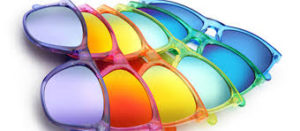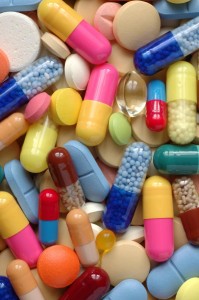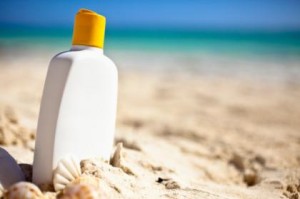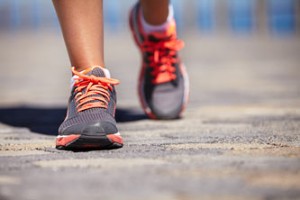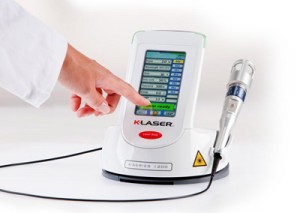 Hair removal is a goal for many people, especially during the summer months. While the results can be fabulous, you should know the rules around cosmetic laser hair removal treatments.
Hair removal is a goal for many people, especially during the summer months. While the results can be fabulous, you should know the rules around cosmetic laser hair removal treatments.
Stay out of the sun, as tan increases the risk of side effects, so if you have a tan either from sun exposure, a tanning salon or sunless tanning products, you will need to wait until the tan fades completely before undergoing laser hair removal.
Cosmetic lasers hair removal works best on people with lighter skin tones and darker hair. Beware that changes in pigmentation can occur to anyone. These changes can be hypo-pigmentation which is lightening of the skin or hyper-pigmentation which is darkening of the skin.
Do not tweeze, wax, bleach, or use depilatories during cosmetic lasers hair removal. These hair removal methods can disturb the hair follicle and interfere with your treatments.
Below are four common types of hair-removal lasers:
The Nd:YAG Laser is the preferred system when it comes to hair removal for dark skin because it has weaker melanin absorption. Some lasers cannot tell the difference between the melanin in hair and the melanin in dark skin. This means they have the potential to injure the skin.
- Pros: The Nd:YAG has longer wavelengths than other hair-removing lasers, meaning that in addition to being safe for dark skin, it has the most potential to destroy hair at the bottom of the hair shaft.
- Cons: Because it absorbs less melanin, it requires more treatments for optimal results.
The Alexandrite Laser has a slightly longer wavelength which makes it use able on a wide range of skin tones.
- Pros: Because of its size and repetition rate, it is one of the quickest hair-removal lasers available.
- Cons: Despite its long wavelength, it still achieves a high melanin absorption, so there is a significant risk for discoloration and burns on all but very light skin.
The Diode laser is one of the newest and most commonly used laser systems today. It is designed for fair to medium skin types.
- Pros: It absorbs melanin and also penetrates deep into the hair follicles. The longer wavelengths also decrease the risk of skin damage.
- Cons: There is not enough data to assess its long-term results.
The Ruby Laser is the oldest type of hair-removal laser, and has a higher melanin absorption rate than most other lasers on the market, making it most appropriate for very light skin and light hair removal.
- Pros: Effective, even on very fine hair.
- Cons: Because of the high melanin absorption, it should only be used on very fair skin.
Remember, not everyone’s skin is suitable for cosmetic laser hair removal, so make sure you do-your-homework, and find a certified clinic and practitioner.


